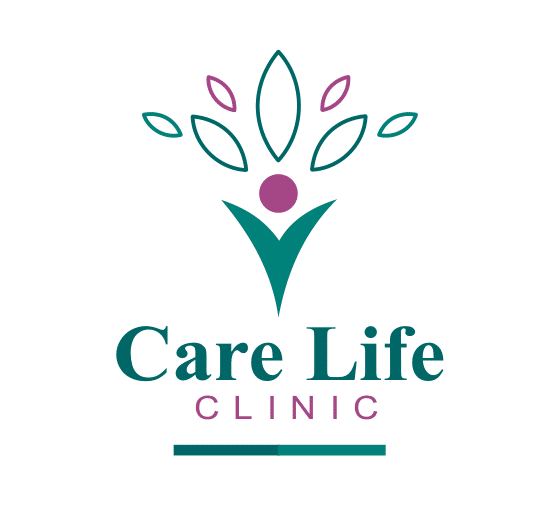Platelet Rich Plasma
What is PRP therapy?
PRP treatments can enhance hair restoration and other cosmetic plastic surgery procedures. The platelets, one type of blood cells, contain growth factors that can trigger cell proliferation, speed healing, and stimulate tissue regeneration in the treated area.
PRP (platelet-rich plasma) therapy for Hair Loss or Hair Thinning is a three-step medical treatment in which a person’s blood is drawn, processed, and then injected into the scalp.
PRP injections trigger natural hair growth and maintain it by increasing blood supply to the hair follicle and increasing the thickness of the hair shaft.
PRP is also very useful in helping a variety of skin conditions, as a Filler and also used in a well-known procedure called ‘Vampire Facelift’. We offer all of these procedures at the Care Life Clinic
WHAT YOU NEED TO KNOW
- PRP treatment has been used to support wound healing in trauma and joint injury. The technique can address male pattern baldness, stimulate the growth of hair transplants and enhance other cosmetic procedures.
- The results of PRP treatment are most noticeable after at least six months, and are not permanent; patients may require touch-up injections at least once a year.
- Because the treatments use a patient’s own tissues, PRP injections are safe and can be administered alone or used in conjunction with other cosmetic procedures.
PRP Therapy: What to Expect
Preparation
The patient should ensure that the doctor is aware of any prescriptions and over-the-counter medications the patient is using.
It is especially important to follow the doctor’s instructions regarding medications that prolong bleeding, such as aspirin, naproxen, ibuprofen or blood thinners. The patient should not take aspirin unless a doctor has prescribed it, but Paracetamol is fine for a headache.
When PRP is used to treat hair loss, the patient should wash their hair the day of treatment, and not use any products on the hair. A clean hat should be brought to the appointment and worn after the procedure to protect the area.
Because PRP therapy involves drawing blood, it is important for the patient to eat a meal before the procedure to avoid lightheadedness.
The Procedure
First, the doctor draws blood from the patient’s arm and then separates the PRP from the rest of the blood’s components.
After injecting lidocaine to numb the treatment area, the doctor carefully injects the PRP into multiple places under the skin. The platelets break down and release their growth factors, which trigger the natural processes of cell proliferation and tissue renewal.
The procedure itself takes about 30-45 minutes, and most people can resume their normal activities immediately afterward.
After PRP Treatment
The patient should avoid washing the treatment area for 48 hours. After that, it is all right to use hair and skin care products and continue with topical medications.
The treatment area may be sore for two or three days, and the patient may notice some bruising. Paracetamol can help ease discomfort. In case of severe pain, the patient should notify the doctor’s office right away.
Hair dye or coloring treatments can resume one week after PRP treatment.
The effect of treatment is most noticeable after at least six months. Repeat treatments may be necessary to maintain the improvement in hair growth and texture.
PRP Therapy, Hair Loss and Hair Transplants
PRP therapy is becoming a popular complement to hair transplants. PRP can help accelerate the growth of transplanted hair roots while also thickening existing hair.
Recent studies have suggested that applying PRP to the scalp can address androgenic alopecia (male pattern baldness). Complex baldness problems may require getting once-a-month PRP treatments for four to six months.
For all patients addressing hair loss, consistent treatment with PRP therapy yields optimal results.
